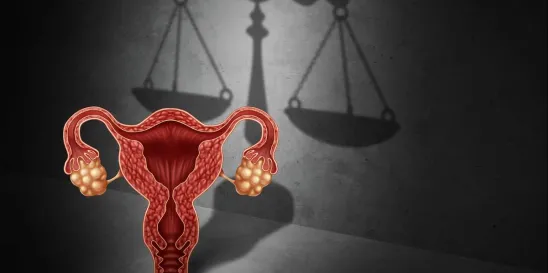Starting January 1, 2024, eligible California employees are entitled to protected leave following a reproductive loss. This law, California Senate Bill 848, codified at California Government Code section 12945.6, builds on California’s 2023 bereavement leave law, which provided five days of unpaid bereavement leave to eligible employees following the death of a covered family member.
This new reproductive loss law applies to all employers with five or more employees. For an employee of a qualifying employer to be eligible for this leave, the individual must have 1) been employed for at least 30 days prior to commencing leave, and 2) suffered a “reproductive loss event,” defined by the new law as “the day or, for a multiple-day event, the final day” of any of the following:
- Failed Adoption: Defined as the “dissolution or breach of an adoption agreement with the birth mother or legal guardian, or an adoption that is not finalized because it is contested by another party.”
- Failed Surrogacy: Defined as the “dissolution or breach of a surrogacy agreement, or a failed embryo transfer to the surrogate.”
- Unsuccessful Assisted Reproduction: Defined as an “unsuccessful round of intrauterine insemination or of an assisted reproductive technology procedure,” including embryo transfer and gamete and embryo donation.
- Miscarriage: Usually defined as a fetal loss before the 20th week of pregnancy.
- Stillbirth: Usually defined as a fetal loss after the 20th week of pregnancy.
Notably, the reproductive loss event applies to any person who would have been a parent as a result of the unsuccessful adoption, surrogacy, assisted reproduction, or pregnancy.
Within three months of a reproductive loss, eligible employees may take up to five days of leave, either consecutively or nonconsecutively. But if prior to or immediately following the reproductive loss event, the employee is/goes on leave under another state or federal leave entitlement (e.g., the Family and Medical Leave Act, the California Family Rights Act, California’s Pregnancy Disability Leave Law, etc.), then the employee instead must complete their reproductive loss leave within three months after they complete their other protected leave.
It should be noted that an eligible employee who experienced a reproductive loss in late 2023 (October through December) is eligible for reproductive loss leave in 2024. Furthermore, eligible employees may be entitled to multiple leaves per year if they experience multiple reproductive loss events. There is a limitation; specifically, if an employee suffers more than four reproductive loss events within a 12-month period, an employer is not required to provide more than 20 days of such leave in total.
The employee is required to take reproductive loss leave pursuant to the employer’s existing applicable leave policy. If no applicable leave policy is in place, the reproductive loss leave will be unpaid unless the employee chooses to use any accrued and available sick leave, personal leave, vacation, or other compensatory time off.
This new law does not address whether employers may request any documentation related to an employee’s request for reproductive loss leave. However, employers are required to maintain the confidentiality of any employee’s reproductive loss leave, request for reproductive loss leave, and any information provided by the employee regarding the reproductive loss.
As California employers enter the new year, they should carefully revise their leave policy to address leaves for reproductive loss and advise their supervisors and Human Resources staff on this new law.





 />i
/>i
